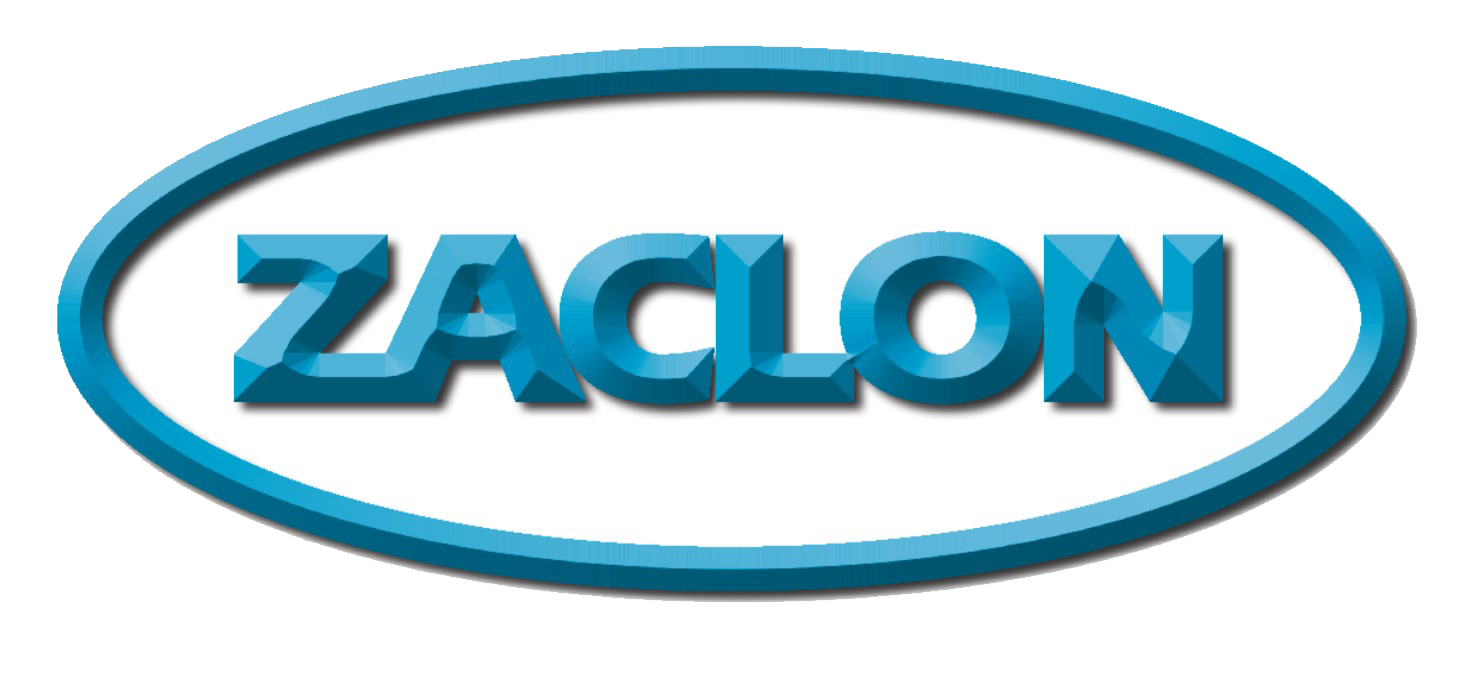Galvanizing 106
Galvanizing 106
As noted in the last commentary, tanks with either sodium hydroxide (aka caustic or an alkaline degreaser) or phosphoric or other acid (acid degreaser) are the two most common cleaning solutions for North American galvanizers. We’ll talk a bit about acid degreasing in this note.
Acidic Degreasing – Phosphoric-based
As the name implies, acidic degreasing is done using chemicals that have a low pH, below pH of 7. The issue with acid-side cleaning is that strong acids like hydrochloric or sulfuric are poor at lifting soil from the surface of the incoming steel. To combat this, most stand-alone acid degreasers use a different acid, phosphoric acid, as the base for the cleaning. It is not great on its own, though, and so a number of components are added in a very complex balance to get the best cleaning results.
Hydronet, the acidic degreaser from Zaclon, is such a balanced effective degreaser. Based on phosphoric acid, it has additives to lift soils, greases, oil, and convert them into a “sand” that settles to the bottom of the tank. In doing this, due to the acid, it also opens up the “cracks” in the rust/scale layer on the steel, and jump-starts the process of pickling (rust removal). By doing this settling, much less oil and grease is suspended in the liquid, or floating on top of the tank…this contamination would be carried over into the next tanks.
Most of the phosphoric-based cleaners have pH around 2, with very similar acid levels to a soda such as a cola. This makes them relatively safe to handle vs. a caustic degreaser. Many also will work at cooler temperatures than a caustic; the Hydronet approach operates best at about 90 F, but can effectively clean (though more slowly) even at 60 F.
There are also some products that are additives for the actual pickling tanks to help with oils and greases there; we will talk about those in the next blog.

